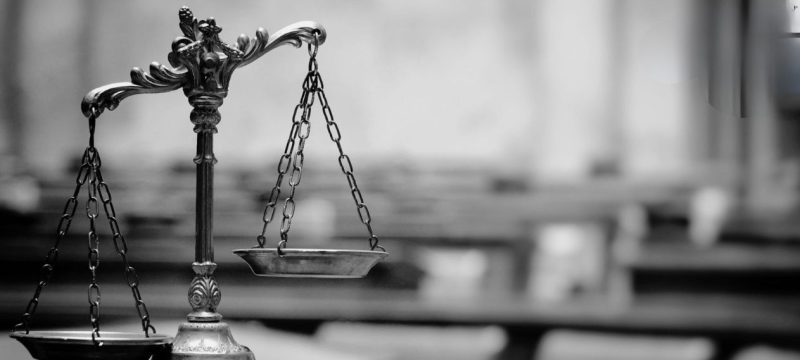Suo moto (sometimes spelled suo motu) is a Latin term that simply means “on its own motion.” In legal terms, it refers to a situation where a court, usually a high court or supreme court, takes action by itself, without anyone formally bringing a case before it.
For example, when a court reads a newspaper article or sees a video showing a serious problem in society, it might decide to step in. No lawsuit is needed. This is suo moto action in practice.
In easy terms: Suo moto means the court is not waiting to be asked, it acts on its own because it believes something urgent needs attention.
Why Do Courts Use Suo Moto Powers?
Courts use suo moto powers when they believe there’s:
- A serious public interest issue
- A threat to constitutional rights
- A failure of government or law enforcement
- A need for immediate judicial oversight
This authority is not used for small issues. It’s often applied to big social, legal, or human rights problems that affect a large number of people. The idea is to uphold justice and fill the gaps when traditional legal processes are slow or unavailable.
Suo Moto in Action: The Court as a Watchdog
Imagine a video goes viral showing illegal factory pollution harming a village’s water supply. No one files a lawsuit, maybe because they’re scared or don’t know how. A judge watches the video and steps in. That’s suo moto action, the court acting as a watchdog.
This makes the judiciary more responsive and active in defending citizens’ rights, especially in places where access to justice is limited.
How the Supreme Court Uses Suo Moto Powers
Suo Moto in the United States
While U.S. courts don’t often use the exact term suo moto, the idea exists. American judges sometimes act on their own in procedural matters, like dismissing frivolous cases or protecting constitutional rights when no one else steps up.
However, the broad public interest style of suo moto action is more common in countries like Pakistan and India, where the judiciary often takes on a proactive role in social justice.
Supreme Court of Pakistan Suo Moto Cases: A Record-Breaking 2024
In 2024, the Supreme Court of Pakistan suo moto cases reached an all-time high, 12 new cases were initiated without any formal complaint. That’s the most ever in one year since the Court was founded.
This spike highlights how the Court is becoming more assertive in responding to social and political challenges. Suo moto actions are typically rare, but 2024 marked a clear shift.
According to a recent review, 35 of the 66 total suo moto cases in the last 20 years happened in just the last five years, a sign of growing judicial activism.
Key Areas of Focus:
- Human rights violations
- Environmental disasters
- Election-related controversies
- Failures in government accountability
In these cases, the Supreme Court didn’t wait for a case to be filed. It stepped in, acting in the public’s interest, sometimes after receiving letters from concerned citizens or reading reports in the media.
Types of Suo Moto Actions
There are three main types of suo moto actions that courts might take:
1. Contempt of Court
If someone shows open disrespect toward the court or disobeys an order, the court may act on its own to enforce respect. (This article focuses more on public interest cases.)
2. Transferring Cases
The court might take a case from a lower court or assign it to another court if fairness is at stake.
3. Public Interest Cases
This is the most well-known type. The court may act based on:
- News articles
- Research reports
- Public complaints
- Videos or photographs
These are usually about urgent or large-scale problems, from police abuse to missing persons or environmental damage.
A Deeper Interpretation: Suo Moto as Judicial Duty
Legal scholars like Marc Galanter and Vasujith Ram describe suo moto action as a way for the court to cut through red tape and directly tackle real-world problems.
In their view, the court becomes less of a distant body and more of an active agent for justice, working in real time, without waiting for lawyers, petitions, or official channels.
This is especially powerful in societies where many citizens cannot afford lawyers or are afraid of speaking up. It turns the court into a protector of the voiceless.
Why Suo Moto Matters Today
In today’s fast-moving digital age, information spreads quickly. Videos and news reports expose issues in real time. Courts with suo moto powers are better equipped to act swiftly and uphold justice before damage becomes permanent.
With increasing social tensions, environmental risks, and political uncertainty, suo moto action is becoming a key tool in many legal systems, especially in Pakistan.
Final Thoughts
Suo moto powers represent more than just a legal tool, they’re a symbol of proactive justice. They show that courts don’t always need to wait to be asked. When the law, people, or government fail to act, suo moto steps in.
The rising number of Supreme Court of Pakistan suo moto cases in 2024 proves the power of this tool, and its growing role in ensuring justice in times of crisis.
Looking for unbeatable car deals? Check out how JAC offers huge discounts on vehicles affected by storm damage here.





